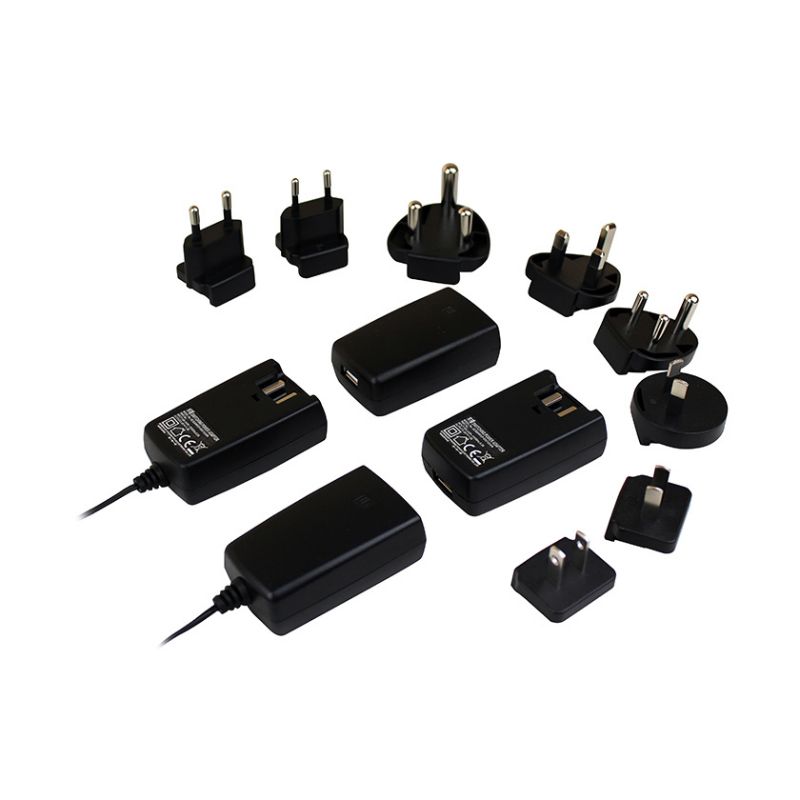USB Type-C, Power Delivery, and Programmable Power Supply in Medical and ITE Power Applications
The evolution of power supply technology has revolutionized industries, and USB Type-C with Power Delivery (PD) is at the forefront of this transformation. Alongside advancements in programmable power supplies, these technologies are redefining how medical and information technology equipment (ITE) devices are powered. The integration of USB Type-C, PD, and programmable power supply technologies into medical and ITE applications enhances efficiency, flexibility, and user convenience, meeting the growing demands of modern devices.
USB Type-C and Its Benefits
USB Type-C is a universal connector standard characterized by its reversible design and enhanced power delivery capabilities. Unlike older USB standards, USB Type-C supports faster data transfer speeds, higher power output, and the ability to carry multiple protocols through a single cable.
Key Features of USB Type-C for Power Supplies
1. Reversible Connector: Eliminates the frustration of incorrect plug orientation, providing convenience for users.
2. High Power Output: Supports up to 100W of power, making it suitable for a range of devices, from smartphones to laptops and even medical equipment.
3. Data and Power Integration: Offers simultaneous data transfer and power delivery, simplifying device connections.
In ITE power applications, USB Type-C is becoming a standard for powering laptops, servers, and networking devices. In medical applications, it is being adopted in portable diagnostic tools and wearable health devices due to its compact design and high power capabilities.
Understanding USB Power Delivery (PD)
USB Power Delivery (PD) is an extension of the USB Type-C standard, designed to provide flexible and efficient power management. It enables dynamic voltage and current adjustment, allowing devices to negotiate the power they require in real time.
Advantages of USB PD in Power Supplies
1. High Power Levels: Supports power levels up to 100W (20V/5A), enabling the operation of high-demand devices.
2. Bidirectional Power Flow: Devices can act as both power sources and power consumers, increasing versatility.
3. Dynamic Negotiation: Devices can request and receive the exact power needed, optimizing efficiency and safety.
Applications in Medical and ITE Devices
· Medical Power Supplies:
USB PD powers portable ultrasound machines, infusion pumps, and diagnostic devices, ensuring they operate safely and reliably.
· ITE Power Supplies:
It powers high-performance laptops, servers, and other IT devices while adapting to their specific power requirements.
Programmable Power Supplies: The Next Frontier
Programmable Power Supplies (PPS) are advanced solutions that allow users to adjust output voltage and current according to device requirements. These power supplies are essential for testing, prototyping, and deploying devices with diverse power needs.
Key Features of Programmable Power Supplies
1. Adjustable Output: Users can fine-tune voltage and current for optimal performance.
2. Precision Control: Ensures stable and accurate power delivery, critical for sensitive devices.
3. Efficiency: Reduces energy waste by delivering only the required power.
Applications in Medical and ITE Devices
· Medical Power Supplies:
In healthcare, PPS ensures precise power management for sensitive equipment like ventilators, patient monitors, and imaging systems. Fine-tuning the power delivery protects patients and enhances equipment longevity.
· ITE Power Supplies:
PPS is used in data centers and high-performance computing systems where precise power control reduces energy consumption and enhances operational reliability.
Synergies Between USB Type-C, PD, and Programmable Power Supplies
The combination of USB Type-C, Power Delivery, and Programmable Power Supplies creates a versatile power ecosystem that benefits both medical and ITE applications.
Efficiency and Safety
· In medical devices, these technologies provide precise, adaptive power that minimizes risks such as overheating or power surges. For instance, a USB PD-enabled portable ECG machine can dynamically adjust its power requirements during use.
· In ITE systems, programmable power supplies enable dynamic load adjustments for servers, improving energy efficiency in data centers.
Portability and Convenience
· USB Type-C’s universal compatibility reduces the need for specialized cables, making it easier to connect and power portable medical devices and IT equipment.
· Programmable power supplies further enhance portability by supporting multiple device types with a single unit.
Future-Proofing
Both USB Type-C and programmable power supplies are scalable and adaptable, making them ideal for future technological advancements. In medical applications, this means supporting next-generation imaging or robotic surgery systems. In IT, it ensures compatibility with evolving computing needs.
Challenges and Considerations
While USB Type-C, PD, and programmable power supplies offer significant advantages, they also present challenges:
1. Compatibility: Ensuring seamless interoperability between devices and power supplies can be complex.
2. Regulatory Compliance: Particularly in medical applications, power supplies must meet stringent safety standards like UL 60601-1 for medical devices.
3. Cost: Advanced technologies like PPS and USB PD may increase upfront costs, though they offer long-term savings.
USB Type-C, Power Delivery, and Programmable Power Supplies are transforming power supply design and application in medical and ITE industries. USB Type-C and PD deliver high power levels with dynamic adaptability, making them ideal for portable and efficient device operation. Programmable power supplies further enhance flexibility and precision, meeting the diverse needs of modern equipment.
For manufacturers and designers, integrating these technologies ensures compatibility with current and future standards while improving performance and user convenience. In medical and ITE applications, this means safer, more efficient, and versatile power solutions that meet the growing demands of a rapidly advancing world.







